Standing Adductor Stretch: Benefits, Muscles Worked, and More
Unfortunately, the muscles of the hip flexors are often forgotten in both training and maintenance work.
One simple method of targeting these muscles is to perform a standing adductor stretch - of which requires no equipment, advanced exercise familiarity or even significant lower body flexibility.
The standing adductor stretch is a mobility exercise where the lifter takes an exaggerated step to the side, as if performing a lateral lunge. This targets the glutes and hamstrings alongside the hip flexors, making it both a hip flexor and posterior chain stretch.
What is a Standing Hip Adductor Stretch?
In technical terms, the standing hip adductor stretch is a multi-joint static stretch primarily involving the mechanics of knee flexion and hip abduction.
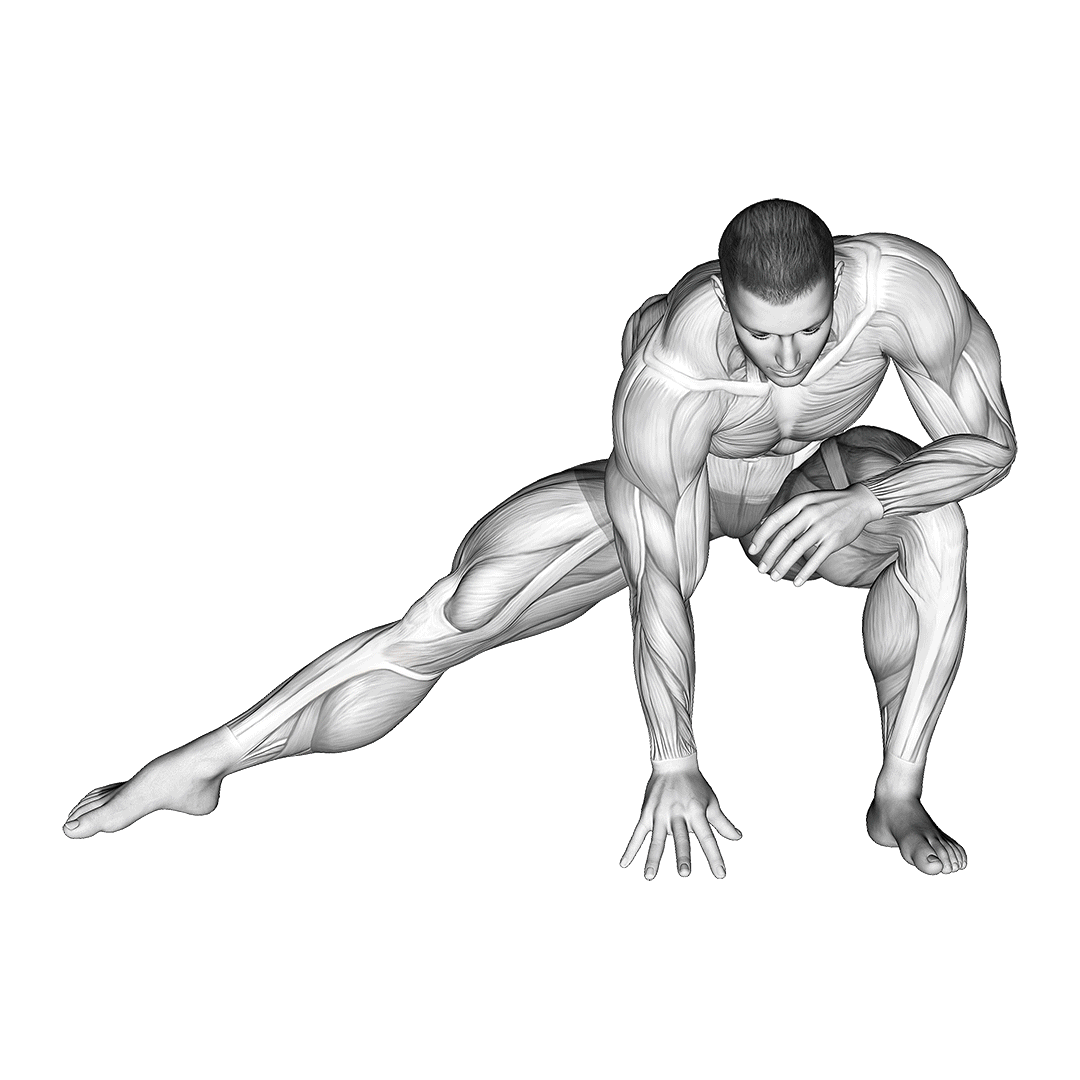
The standing adductor stretch does not require any sort of equipment or technical training expertise. While it does require some level of mobility in the knees, hips and ankles, the majority of healthy individuals should be able to perform a standing adductor stretch without much effort.
The standing adductor stretch is most useful when performed prior to a training session involving exercises that feature a similar usage of the hip flexors, such as the back squat or lunge.
How to do a Standing Adductor Stretch
To perform a standing adductor stretch, the lifter will first begin by standing upright with their core braced and the feet set shoulder-width apart.
Individuals with difficulty balancing should perform this movement with one or both arms gripping an object for stability.
From this stance, the lifter then steps one leg out to the side, keeping the opposite leg firmly in place and preventing its knee from bending. Instead, the stationary leg should rotate within the hip, forming an angled line.
The first leg should bend as it lands, stopping around a depth where the thigh is parallel to the floor. Both feet should remain pointing forwards throughout the stretch.
A stretching sensation should be felt in the inner thigh of the stationary leg, particularly leading up the groin area.
This stretch should be held for 15-30 seconds before switching the sides.
What Muscles are Stretched by the Standing Adductor Stretch?
The standing adductor stretch primarily targets the glutes and hip flexors, but also hits the hamstrings to a lesser extent.
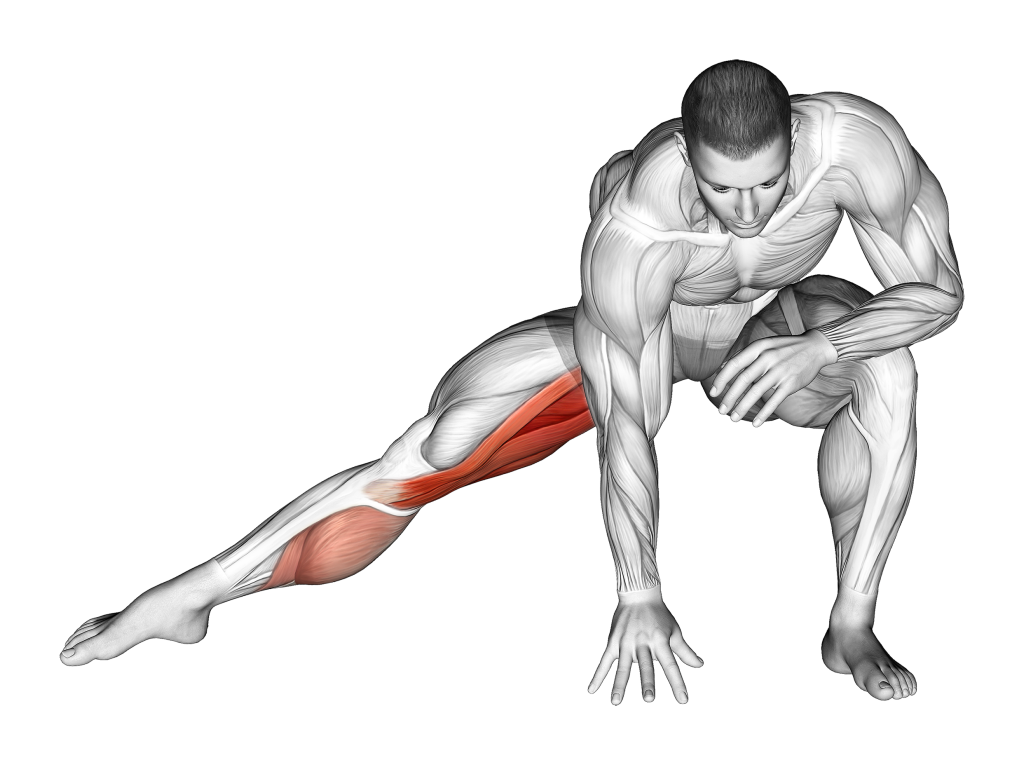
In particular, it is the muscles of the adductor brevis, adductor magnus, adductor longus, the gracilis and the pectineus that are stretched to the fullest range.
What are the Benefits of Doing the Standing Adductor Stretch?
Standing adductor stretches are particularly useful for achieving the following benefits - all of which have to do with enhanced lower body performance.
Improved Hip and Leg Mobility
The main benefit of the standing adductor stretch is its capacity to improve mobility in both the hips and the legs.
In the ranges stretched, this can come in handy for lifters executing some of the more common lower body exercises - or for sedentary individuals who remain seated for extended periods.
Greater mobility equates to not only an easier time moving certain joints, but also greater stability, improved muscular strength output and several other non-performance related benefits, such as improved general circulation.
Greater Stability in Hip Flexion
As touched upon previously, greater mobility also coincides with greater stability when moving the body within the targeted range of motion.
In the case of hip flexion, this is especially important, as exercises like the deadlift and back squat both require significant stability while the hips are in a state of flexion. So much so, that poor stability or mobility of the hip flexors can easily lead to injuries and poor performance.
If using the standing adductor stretch to improve performance of these lifts, try including a stretch specifically for the hamstrings as well.
Carryover to Unilateral Leg Exercises
Because the standing adductor stretch replicates a one-legged lower body movement like a lunge or split squat, it can be excellent as a warm-up for unilateral leg exercises.
Lifters warming up for this purpose may also see benefit by including a quadriceps stretch alongside.
Enhances Leg Adduction/Abduction and Hip Extension/Flexion
Finally, apart from improving mobility in the general hip and thigh area, the standing adductor stretch also helps reinforce the capacity of these muscles to initiate their primary biomechanics.
Individuals with trouble extending or flexing their hips will benefit from the half-squat done during a standing adductor stretch. Likewise, those who have trouble with moving their legs inwards will also benefit from the stretch of the adductor muscles in the stationary leg.
Alternatives to the Standing Adductor Stretch
If the standing adductor stretch is too static for your liking - or just not hitting the right spot - try the following alternative stretches out.
Sitting Adductor Stretch/Butterfly Stretch
The sitting adductor stretch is ideal for those pressed for time or who have trouble performing standing movements.
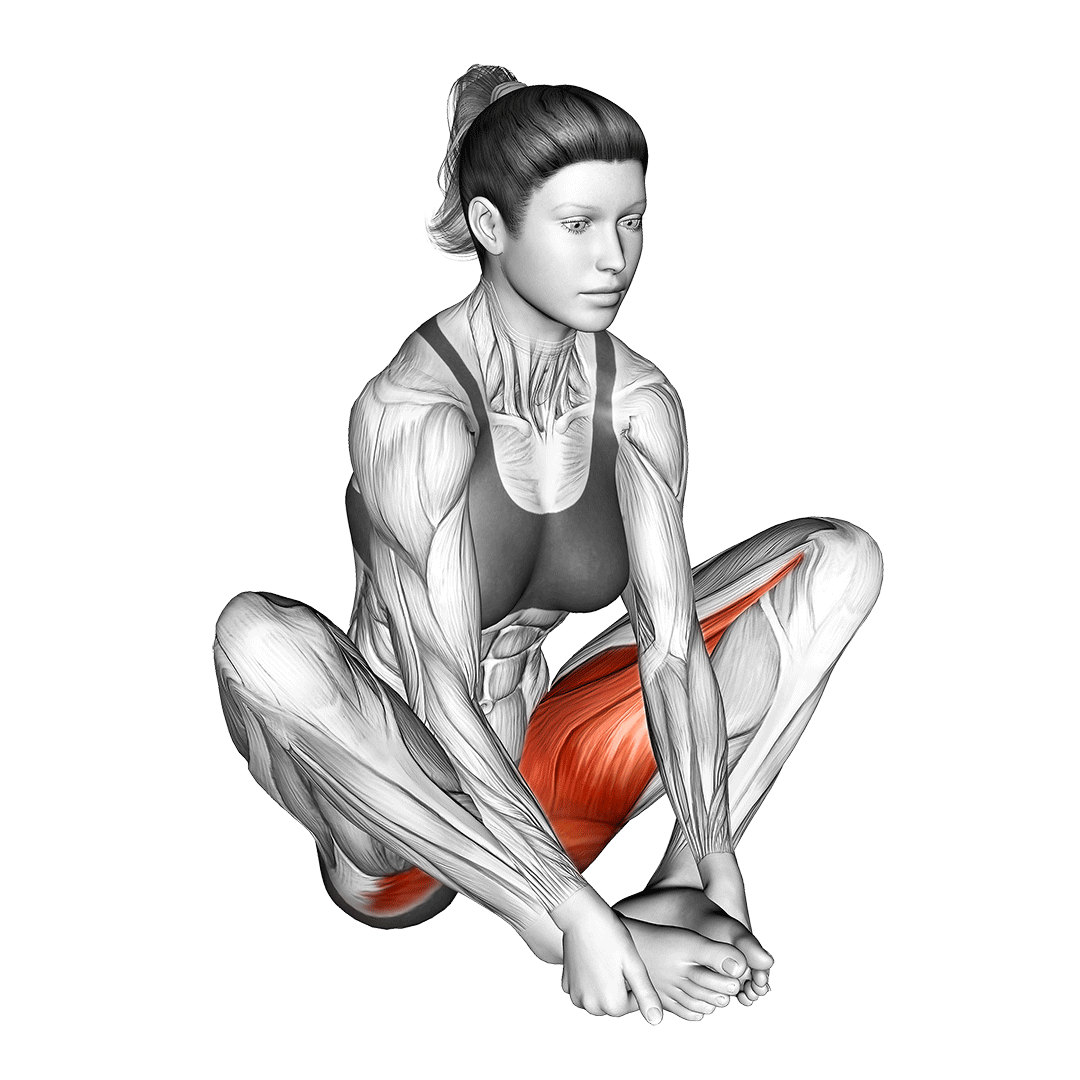
Unlike its standing cousin, the sitting adductor stretch is performed in a seated position on the floor, with the soles of the feet pressed together. From this position, the performer then simply presses their knees towards the ground with a constant level of tension.
Not only does this alternative save the performer time by targeting both sides of the adductors at once, but it also eliminates the inclusion of muscle groups like the glutes. This can help aid in creating specificity of rehabilitation or training, if needed.
Lateral Leg Swings
Lateral leg swings are a highly dynamic alternative to the standing adductor stretch - also performed in a standing position, but with the performer swinging their extended leg out to the sides as high as possible.
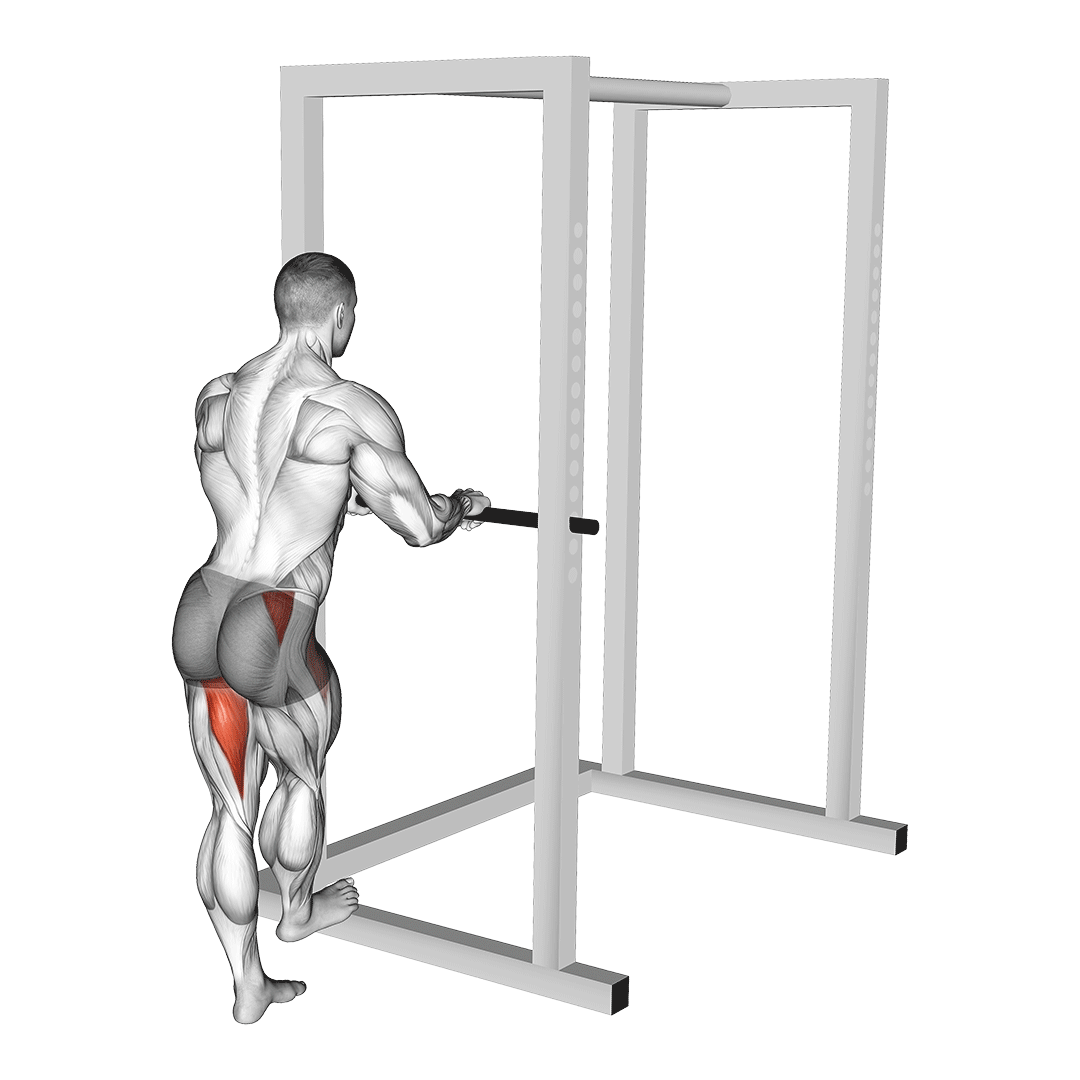
Apart from targeting the same areas as the standing adductor stretch, lateral leg swings also help improve circulation and muscular innervation to a greater degree than the more static former exercise.
Gate Openers/Standing Hip Rotations
A stretch known by many names, gate openers are a unilateral dynamic stretch performed in a standing position similar to the standing adductor stretch.
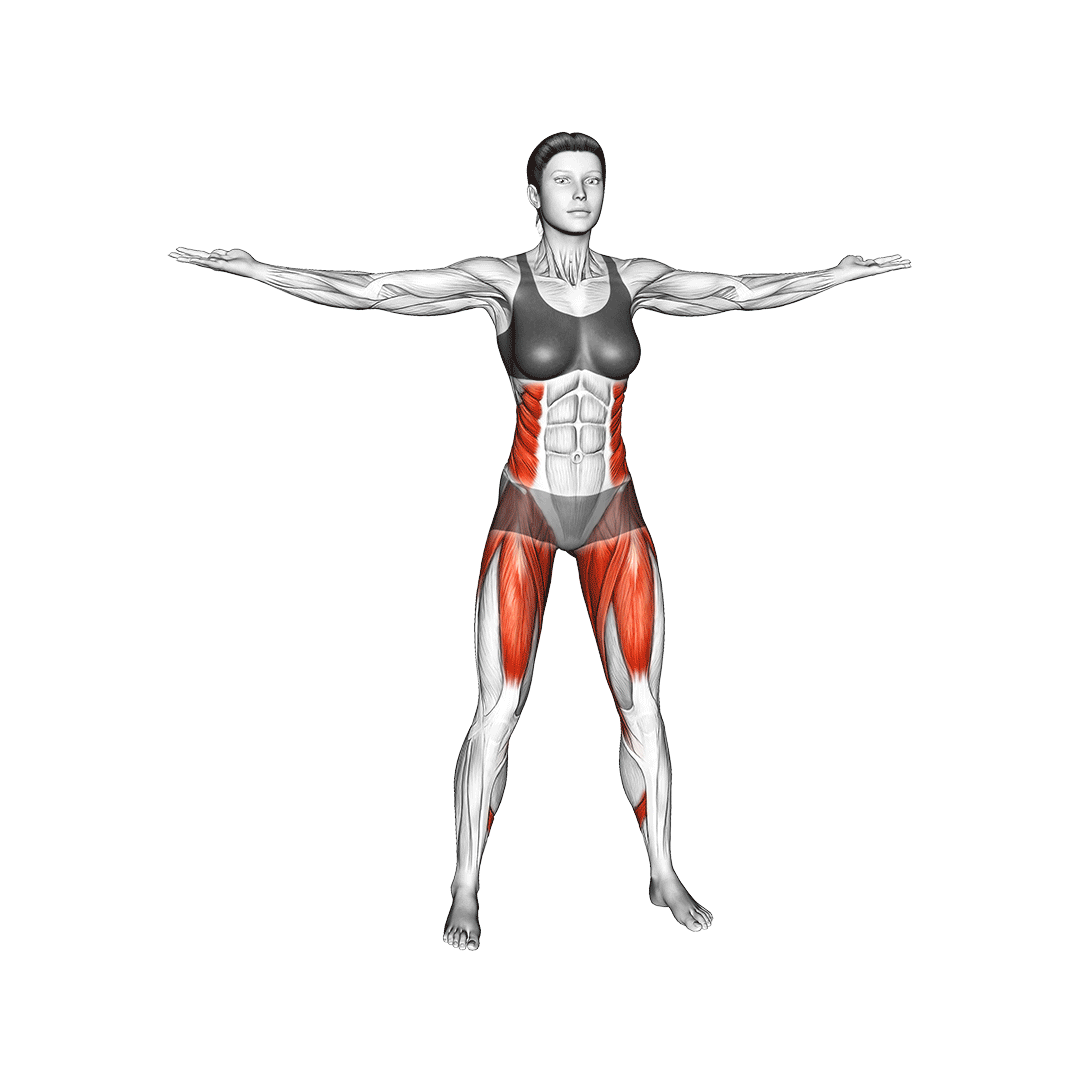
Rather than sinking into a lateral squat, the gate opener involves the lifter raising one knee up into the air and rotating the leg at the hip to the sides.
Apart from targeting the hip flexors and certain sections of the hamstrings, this stretch will also recruit the quadriceps.
Frequently Asked Questions (FAQ)
What is the Best Way to Stretch the Adductors?
Depending on which specific adductor muscle is the problem, the “best” way to stretch them will depend on your own individual needs.
Prior to a bout of exercise, more dynamic and active stretches like gate openers or leg swings are your best bet. On the other hand, for low-impact mobility work, movements like the standing adductor stretch can be a better choice.
What Does Standing Hip Adduction do?
In a standing stance, hip adduction simply moves one leg towards the other (or the midline of the body). In a particularly narrow stance, this will cross one leg over or behind the other.
What are the Adductors Used for?
The adductor muscles of the lower body are used for drawing the legs towards one another. In certain activities, they are also used for stabilization or as secondary support muscles.
Closing Thoughts
The standing adductor stretch is a highly effective tool for preparing to do a lower body workout.
However, for more general or non-performance focused goals, stretches of greater specificity or in more advantageous positions are a better choice. This doesn’t mean that the standing adductor stretch doesn’t have its own place in a mobility regimen, only that it should be positioned correctly for the most benefit.
References
1. Serner A, Weir A, Tol JL, et al. Return to Sport After Criteria-Based Rehabilitation of Acute Adductor Injuries in Male Athletes: A Prospective Cohort Study. Orthopaedic Journal of Sports Medicine. 2020;8(1). doi:10.1177/2325967119897247
2. Walker, Brad. The Anatomy of Stretching. United Kingdom: Lotus Pub., 2007. ISBN: 9781556435966, 1556435967

